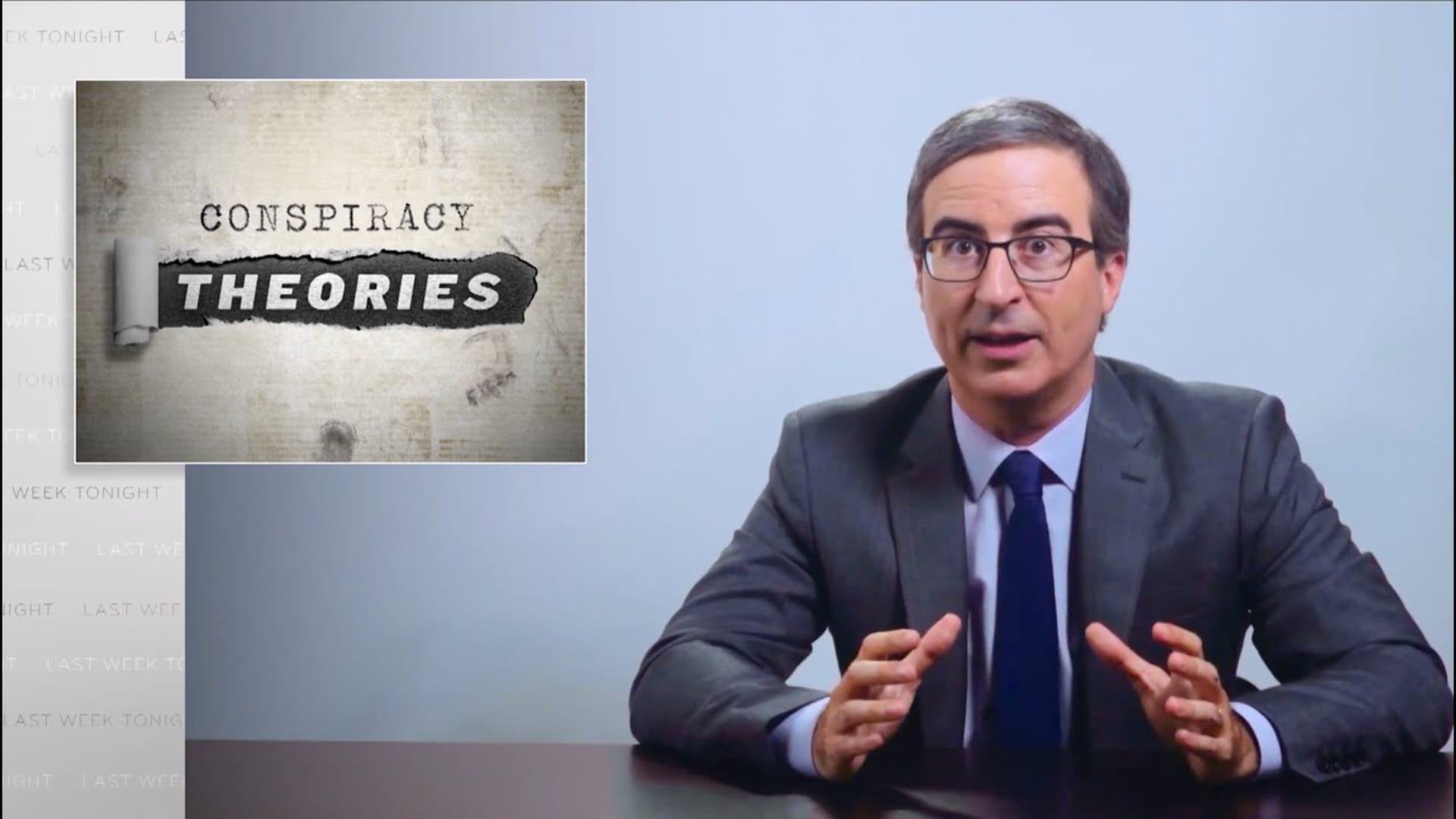Hi,
Anyone who’s ever organised a surprise party, or had to keep an affair secret, knows: the more people are aware of it, the greater the chance that the secret will come out.
And on a regular basis, those secrets do come out. Uncle Rob didn’t get the memo that the party was a secret, or a friend feels morally obliged to reveal the cheating.
Surprise parties and affairs are actually mini-conspiracies. And what is true of those also applies to "real" conspiracies. The more people are involved, the harder it is to keep them secret.
That is the core idea of a scientific article that appeared in PLOS ONE in 2016. In it, the Irish physicist and writer David Robert Grimes tried to find an answer to the question: how long does it take before a conspiracy comes to light?
Three ingredients
Grimes came up with a fairly simple statistical model in which several people have to keep a secret. The model depends on three ingredients:
First: the chance that a person discloses the secret, either accidentally (by sending an email to the wrong Janet) or intentionally (think of a whistleblower).
Second: the number of people who know about the conspiracy.
Third: the growth or diminution of the group of people involved. Has there been a murder of which a number of people knew something? That group will thin out eventually because people are dying or – Grimes is also considering – are being actively eliminated.
Or should an entire department or organisation keep a secret? Think of the espionage of the US National Security Agency. Even if people would leave the NSA, new people would have to be informed. In that case, the group involved wouldn’t get smaller.
Three real conspiracies
To estimate the parameters of his model, Grimes looks at three conspiracies that have come to light. He mentions the NSA scandal that Edward Snowden unveiled in 2013.
He also looks at the Tuskegee syphilis study in which African American men participated between 1932 and 1972 without their knowledge and were not given the drugs that became available at the time. In 1972 this was unveiled by Peter Buxtun.
Finally, he looks at Frederic Whitehurst’s revelations that the FBI used dubious forensic tests. As a result, men were innocently detained for up to decades, and were sometimes even executed on the basis of erroneous test results.
With data on those three conspiracies – how many people were involved and how long it took until the revelation – Grimes did the math. The odds of someone revealing the secret: four in a million each year.
Revealed within four years
What if you apply that knowledge to popular conspiracy theories? That the moon landing was fake, that climate change is a hoax, that vaccinations are dangerous and that the cancer drug is kept secret.
All those conspiracies would be revealed within four years, according to Grimes’s calculations. Just think: the 411,000 NASA employees at the time, for example, would have had to keep their mouths shut about the fake moon landing. Even with a very low chance of anyone betraying it, it would have been revealed after 3.68 years, according to Grimes.
Let’s face it, his calculations are not sacred. We know very little about conspiracies. (No shit, Sherlock ...)
How many people really know about conspiracies? Suppose Big Pharma is in on the danger of vaccinations; this would leak out within 3.15 years. But is it just the World Health Organization and the American Centers for Disease Control and Prevention? Then it would take 34.78 years.
And Grimes, of course, uses a skewed sample. We only know about the conspiracies that came out. How many of them have been kept secret? You don’t see them, so there’s your selection bias.
But his line of thought is an interesting one. Imagine how hard it is to keep a conspiracy with a large group of people a secret. Do you suspect that Covid-19 was caused by 5G? Just remember your uncle Rob.
(I learned about Grimes’s paper through an episode of John Oliver’s Last Week Tonight.)

Before you go ...
... last September, I interviewed the great science writer Angela Saini about her book Superior. The interview is now available on The Correspondent. Read or listen to it here: Race is a construct. So why is race science still around?
 Want to stay up to date?
Follow my weekly newsletter to receive notes, thoughts, or questions on the topic of numeracy.
Want to stay up to date?
Follow my weekly newsletter to receive notes, thoughts, or questions on the topic of numeracy.

